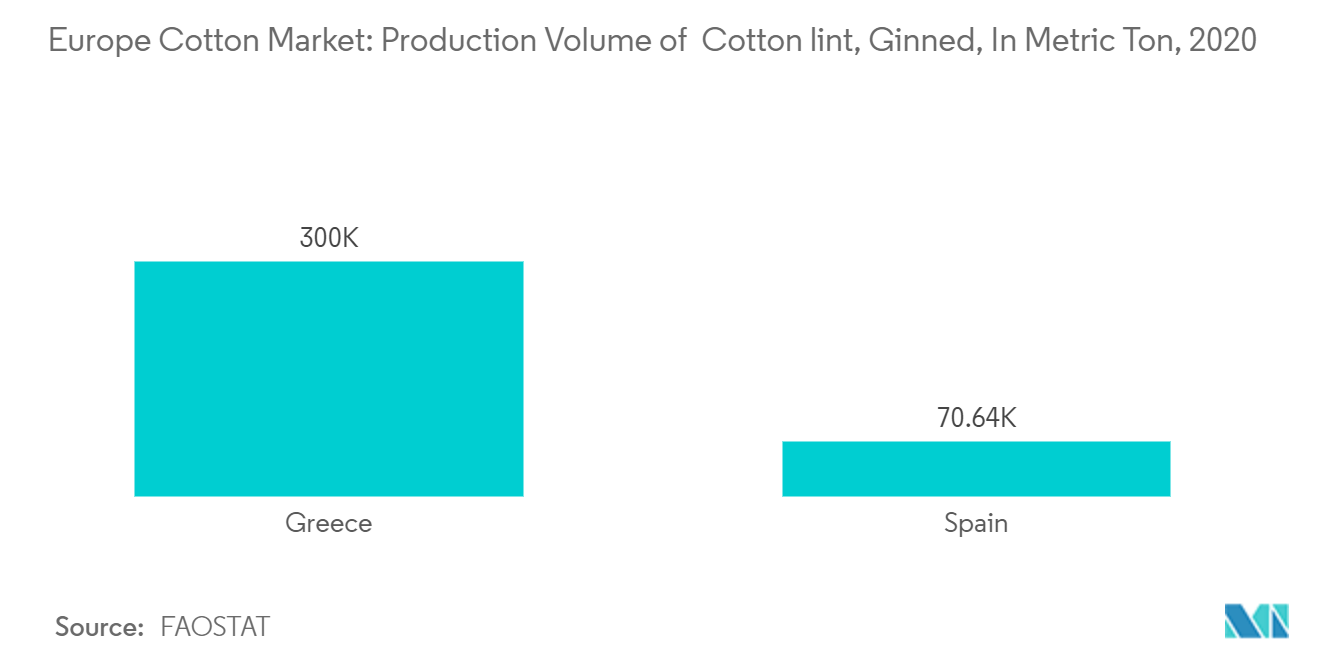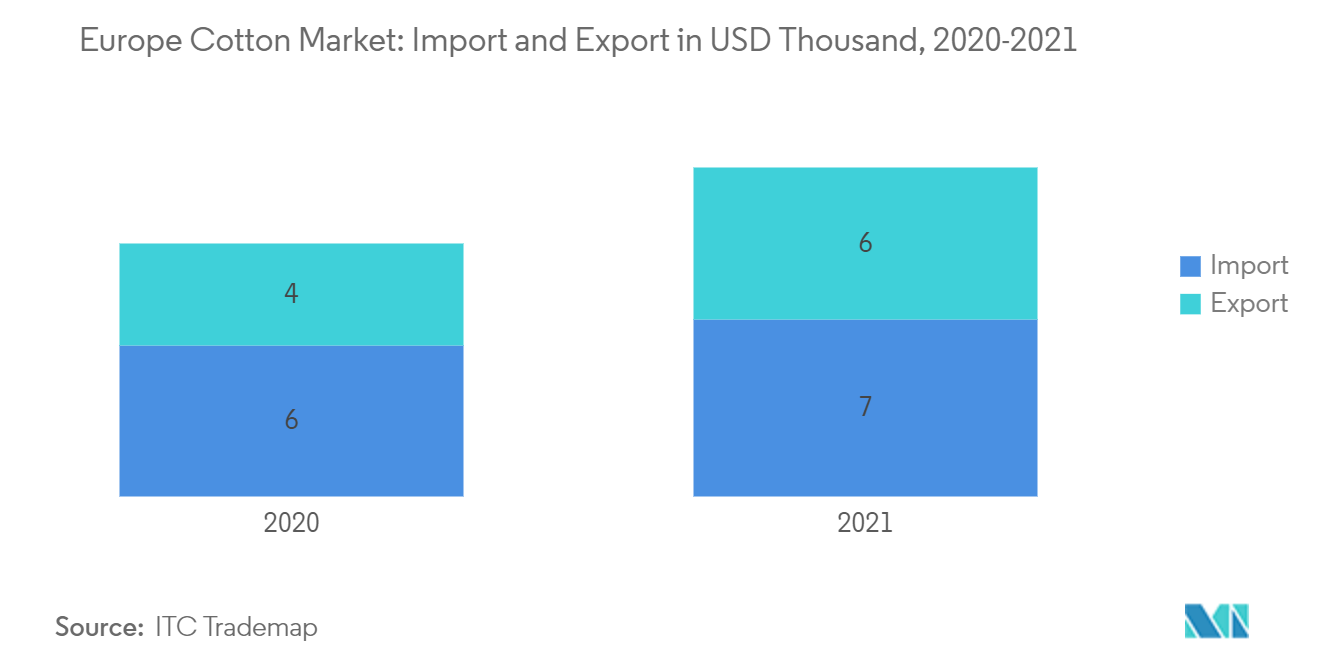Market Trends of Europe Cotton Industry
Increased Demand for Cotton in Textile Industry
Cotton is popular in Europe because it is practical, versatile, durable, soft, breathable, and biodegradable. It is also easy to dye and blend with other fibers, because of which it has been used widely in the European apparel industry. Europe is a strong market for cotton, with the biggest markets being located in Italy, Germany, Portugal, Spain, France, and Romania. India and China have booming textile industries. They are the major cotton producers, but Europe still dominates the textile market. Almost all major apparel and popular brands running worldwide are from European countries. Gucci, Prada, Versace, Armani, Chanel, Christian Dior, and other luxury brands originating in Italy, France, and other countries of Europe, especially rule the luxury market. Greece is the largest cotton-producing country in Europe and a major cotton exporter.
During the 36th International Cotton Conference held in Germany in 2022, the high-quality cotton production within Europe in the network and the downstream, highly specialized textile and clothing industry, under the headline 'Region in Focus,' was highlighted in that session. Currently, cotton is mainly produced in three parts of Europe in which Germany accounts for 80% of the production, followed by Spain with a share of 20%. Bulgaria produces cotton in less than 1,000 ha.This popularity of brands among people in the world and the increased demand for cotton from the textile industry are likely to drive the cotton market in Europe.

Cotton Import Exceeds Export to Fulfill the Demand
Greece is the largest cotton-producing country in Europe and a major cotton exporter. Cotton is machine picked in Greece and is recognized for its high quality in terms of length, strength, and micronaire (an indication of fiber fineness). Cotton in Greece is planted from March to April, and the crop life cycle is usually 170-210 days. The harvest typically occurs from October to November. In 2020, Greece became a recognized Better Cotton Standard Country, and 11 Agricultural Business Groups enrolled in the AGRO-2 certification, encompassing an estimated 30,000 hectares planted and 4,000 farmers. However, production alone is not enough to meet the demand in the region. Therefore, Europe depends majorly on imports of cotton.
According to the ITC Trade Map, in 2021, Italy was a major importer of cotton in Europe, accounting for 1,130,113 USD thousand, followed by Germany for USD 805,596 USD thousand. Portugal, the Russian Federation, and Spain are the other major importers of cotton in the region, owing to the growing demand for bed linen in Europe. Over the period, cotton consumption for bed linen indicates a very strong expansion. Europe's total cotton lint import is expected to increase, making Europe an import destination, which will likely see steady growth in the future and boost the cotton market industry.

